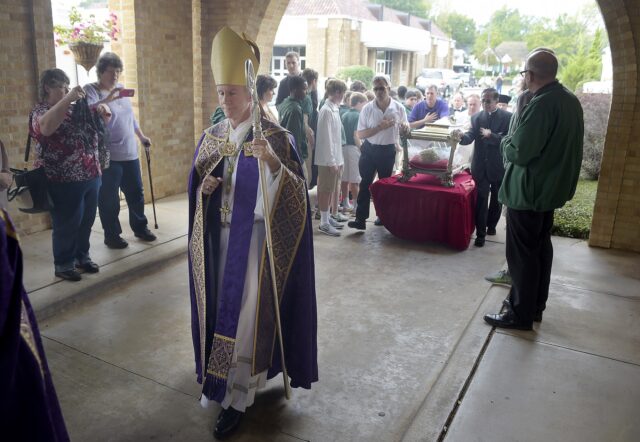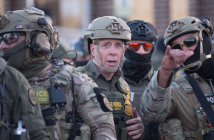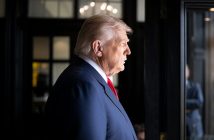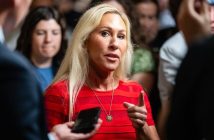Pope Francis has removed from office the bishop of Tyler, Texas
Pope Francis removes a leading US conservative critic as bishop of Tyler, TexasBy NICOLE WINFIELDAssociated PressThe Associated PressROME
ROME (AP) — Pope Francis on Saturday ordered the removal of the bishop of Tyler, Texas, a conservative prelate active on social media who has been a fierce critic of the pontiff and has come to symbolize the polarization within the U.S. Catholic hierarchy.
A one-line statement from the Vatican said Francis had “relieved” Bishop Joseph Strickland of the pastoral governance of Tyler and appointed the bishop of Austin as the temporary administrator.
Strickland, 65, has emerged as a leading critic of Francis, accusing him in a tweet earlier this year of “undermining the deposit of faith.” He has been particularly critical of Francis’ recent meeting on the future of the Catholic Church during which hot-button issues were discussed, including ways to better welcome LGBTQ+ Catholics.
Earlier this year, the Vatican sent in investigators to look into his governance of the diocese, amid reports that priests and laypeople in Tyler had complained and that he was making unorthodox claims.
The Vatican never released the findings and Strickland had insisted he wouldn’t resign voluntarily, saying in media interviews that he was given a mandate to serve as bishop in 2012 by the late Pope Benedict XVI and couldn’t abdicate that responsibility.
The conservative website LifeSiteNews, which said it interviewed Strickland on Saturday, quoted him as saying one of the reasons given for his ouster was his refusal to implement Francis’ 2021 restrictions on celebrating the old Latin Mass.
Francis’ crackdown on the old liturgy has become a rallying cry for traditionalist Catholics opposed to the pontiff’s progressive bent. Strickland told LifeSite he refused to implement the restrictions “because I can’t starve out part of my flock.”
He said he stood by his decision, would do it again and “I feel very much at peace in the Lord and the truth that he died for.”
His firing sparked an immediate outcry among some conservatives and traditionalists who had held up Strickland as a leading point of Catholic reference to counter Francis’ progressive reforms. Michael J. Matt, editor of the traditionalist newspaper The Remnant, wrote that with the firing, Francis was “actively trying to bury fidelity to the Church of Jesus Christ.”
“This is total war,” Matt wrote on X, formerly Twitter. “Francis is a clear and present danger not only to Catholics the world over but also to the whole world itself.”
The two Vatican investigators sent into investigate Strickland — Bishop Dennis Sullivan of Camden, N.J., and the retired bishop of Tucson, Ariz., Bishop Emeritus Gerald Kicanas — “conducted an exhaustive inquiry into all aspects of the governance and leadership of the diocese,” said the head of the church in Texas, Cardinal Daniel DiNardo.
After their investigation, a recommendation was made to Francis that “the continuation in office of Bishop Strickland was not feasible,” DiNardo said in a statement Saturday.
The Vatican asked Strickland to resign Thursday, but he declined, prompting Francis to remove him from office two days later, DiNardo’s statement said.
It is rare for the pope to remove a bishop from office. Bishops are required to offer to resign when they reach 75. When the Vatican uncovers issues with governance or other problems that require a bishop to leave office before then, the Vatican usually seeks to pressure him to offer to resign for the good of his diocese and the church.
That was the case when another U.S. bishop was forced out earlier this year following a Vatican investigation. Bishop Richard Stika of Knoxville, Tenn., resigned voluntarily, albeit under pressure, following allegations he mishandled sex abuse allegations and his priests complained about his leadership and behavior.
But with Strickland, the Vatican statement made clear that he had not offered to resign and that Francis had instead “relieved” him from his job.
Francis has not been shy about his concerns about the right wing in the U.S. Catholic hierarchy, which has been split between progressives and conservatives who long found support in the doctrinaire papacies of St. John Paul II and Benedict XVI, particularly on issues of abortion and same-sex marriage.
Continue reading: Breitbart.com





Leave a Reply